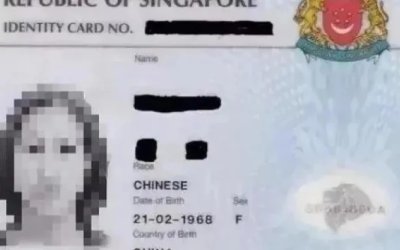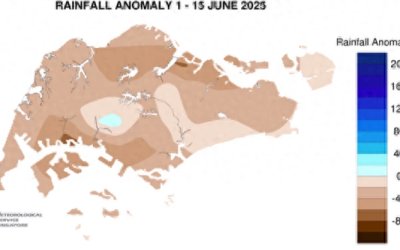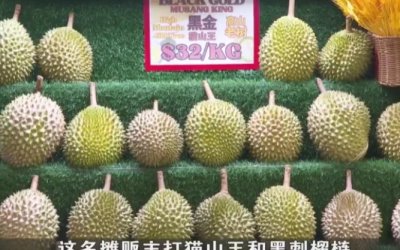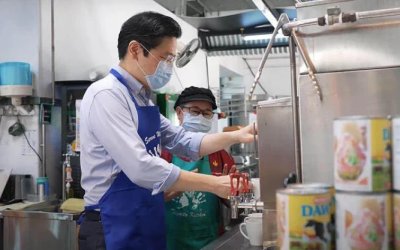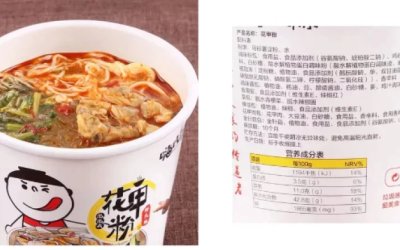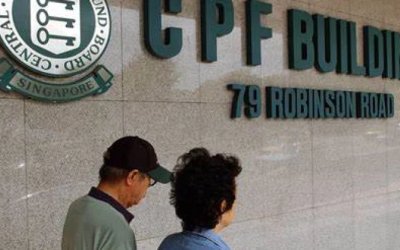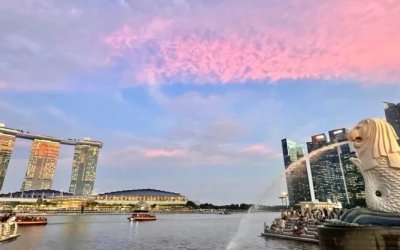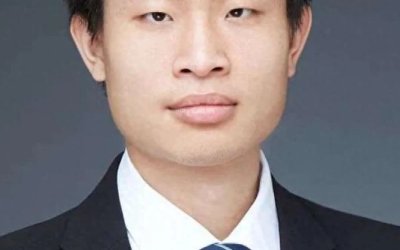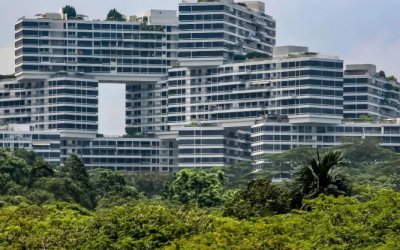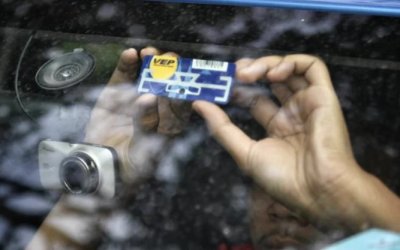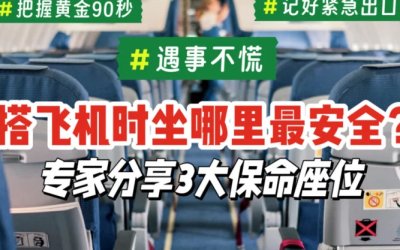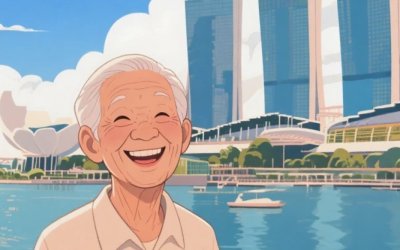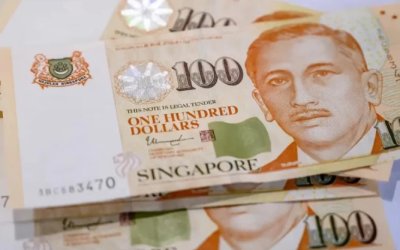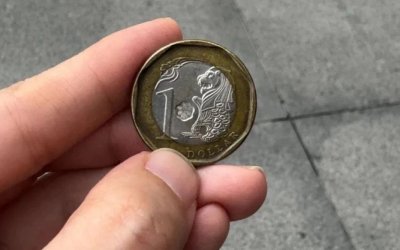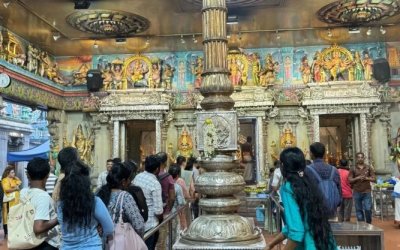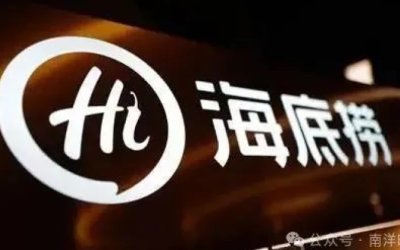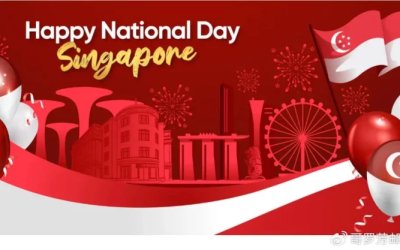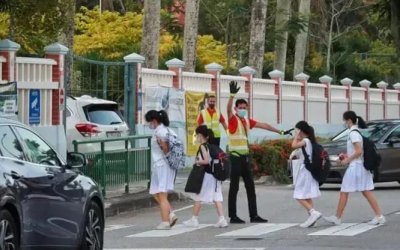2024年3月6日,新加坡社會及家庭發展部長兼衛生部第二部長,主管回教事務部長馬善高答覆蔡厝港集選區議員周凱年關於瓦合甫(編者註:瓦合甫是伊斯蘭法律當中不可剝奪的宗教捐獻)資產使用的問題。
以下內容為新加坡眼根據國會英文資料翻譯整理:
新加坡瓦合甫的遺產如何處置的?
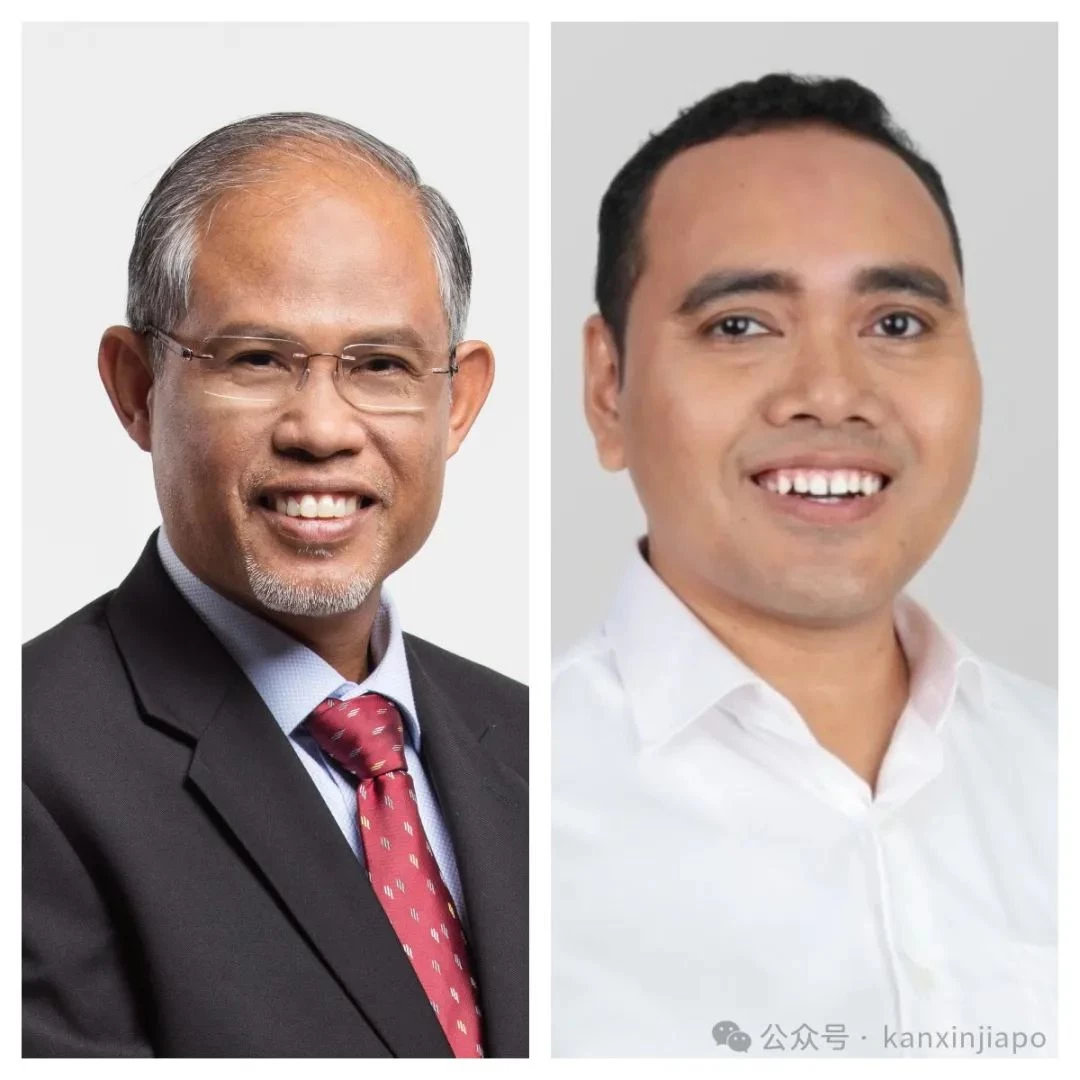
左圖:社會及家庭發展部長兼衛生部第二部長,主管回教事務部長馬善高 右圖:蔡厝港集選區議員周凱年
周凱年議員:你好,主席。感謝部長。部長,我有個關於瓦合甫的問題。
2021年,新加坡伊斯蘭宗教委員會總共發放了約400萬新幣的瓦合甫收益。大約28%都流向了海外受益人。可能是因為一些歷史遺留問題或者的條款,有些設立了超過100多年。在這種情況下,可能會很難找到受益人,也難以找到瓦合甫的合法繼承人。所以,我有兩個問題。
首先,新加坡伊斯蘭宗教委員會是否會持續審查瓦合甫清單,特別是那些涉及海外和外國受益人的清單,以確保它們是最新的?其次,對於那些沒有明確受益人的瓦合甫,新加坡伊斯蘭宗教委員會是否會審查或考慮一些措施,比如通過法律裁定將更多這些瓦合甫資產轉移到本地,讓我們本地的穆斯林社區受益?
馬善高:謝謝你提出這個問題。
確實,我們推行瓦合甫管理系統(WMS)的一個原因是要擺脫傳統的瓦合甫系統,或者為其提供替代方案。雖然瓦合甫的金額已經達到了10億新幣,但其中大部分是固定資產。而固定資產的回報率並不高。此外,一些受益人可能已經過去了100年或200年,要麼國家不存在了,要麼村莊也不存在了;更別提當時的個人了。這不僅是我們這個社區面臨的問題,全世界都面臨這樣的問題。
同時,為發展瓦合甫而舉辦的討論和會議也有聲有色。在上次的法律裁定會議上,我和Sano博士進行了深入地交流,他提到如今的瓦合甫的形式已經發生了一些變化。比如,有一種叫做」臨時瓦合甫「的東西。你可以把你的宗教基金託管給瓦合甫一年,這段時間你不能動用它,但收益會進入瓦合甫帳戶—— 在一年合同結束後,宗教基金將會返還給你。
所以這是一個不斷發展和創新的瓦合甫模式,關於之前和舊的瓦合甫,我們是否能做些什麼。我認為現在讓我們繼續堅守我們這一代人託付的責任,盡我們所能去實現那些當時把瓦合甫託付給我們的人,以造福他們想要造福的人。

以下是英文內容:
Mr Zhulkarnain Abdul Rahim: Thank you, Chairman. I thank the Minister. Minister, I have a question on Wakaf.
In 2021, MUIS disbursed a total of about $4 million as Wakafproceeds. About 28% went to overseas beneficiaries. Maybe this is due to legacy or original terms of the Wakaf, some set more than 100 years ago. In some of these cases, you may find it challenging to find the beneficiaries and locate the rightful heirs to the Wakaf. So, I have two questions.
Firstly, does MUIS continually review the list of Wakaf, especially for those with overseas and foreign beneficiaries, to make sure that they are up to date? Secondly, for such Wakafs with no clear beneficiaries, will MUIS review or consider measures, for instance, to pass fatwas to bring more of these Wakaf assets onshore and benefit our local Muslim community?
Mr Masagos Zulkifli B M M: I thank the Member for asking that clarification.
Indeed, one of the motivations why we instituted the WMS is to move on away from or to provide alternatives to the traditional Wakaf system, which for Singapore, although it has amounted to a billion dollars, most of them are in fixed assets. And when you have a fixed asset, the returns from fixed assets are not very high. In addition to that, the beneficiaries that were named some time 100 or some 200 years ago, either the country does not exist anymore; the village does not exist anymore; let alone the person does not exist anymore. This is not just faced by communities like ourselves, it is faced all over the world.
In the meantime, there are good discussions, conferences to evolve the concept of Wakaf. In the last fatwa conference, I had a good discussion with Dr Sano, for example, who said that today, the instruments of Wakaf has evolved. For example, there is something called a temporary Wakaf. That means you pledge your Corpus Fund for, say, one year and that you cannot use it; but the returns will then go into the Wakaf – the Corpus Fund goes back to you after that one-year contract.
So that is an evolving and a new way of doing Wakaf and whether or not we can do something about the previous and older Wakaf. I think for now let us keep to the trust that has been put to our generation, to try as best as we can to execute the will or the intention of those before us who put this Wakaf in our trust to benefit the people they wanted to.
新加坡國會丨來源
新加坡國會丨圖源
